Introduction
Your vehicle’s wheels are not merely decorative accessories—they are a foundational component for road safety, driving performance, and overall handling. When your rims suffer damage—be it curb rash, scratches, corrosion, or even deeper structural issues—the consequences can extend beyond mere aesthetics. Damage to your wheels can cause a rougher ride, compromise braking, and reduce overall safety. In many cases, minor issues can evolve into major concerns if they’re not addressed promptly and correctly.
This is where Wheel Pros come into play. These professionals specialize in diagnosing, repairing, and restoring damaged rims, ensuring that your wheels remain both visually appealing and functionally sound. In this blog post, we’ll delve deeply into the world of wheel pros, explain why they are indispensable, compare DIY fixes to professional methods, and show you how to choose the right experts for your specific needs.
1. Who Are Wheel Pros?
In the automotive industry, Wheel Pros are highly trained specialists in the craft of rim repair, wheel restoration, and refinishing. Their expertise extends to identifying types of wheel damage that ordinary car owners (and even some mechanics) might miss. With advanced equipment and mastery of repair techniques, these professionals handle everything from superficial curb rash to more complex structural repairs.
Key Responsibilities of Wheel Pros
- Comprehensive Wheel Inspections: Identifying hidden cracks, alignment issues, or corrosion.
- Material-Specific Repairs: Different wheel materials (alloy, steel, chrome, etc.) require specialized fixes.
- Precision Refinishing: From color matching to high-quality clear coats, ensuring the wheel’s original look is restored.
Real-World Example: A driver noticed unusual vibrations at highway speeds. A standard mechanic’s inspection didn’t reveal the root cause, but a visit to wheel pros uncovered a subtle hairline crack. Timely professional repair not only resolved the vibration issue but also prevented a dangerous blowout on the road.
2. The True Risks of DIY Rim Repair
Doing repairs on your own may seem convenient or budget-friendly. However, many who try it quickly realize that wheel repair requires specific materials, processes, and expertise.
Common Pitfalls of DIY
- Incomplete Surface Preparation: Paint and filler materials won’t adhere properly if the wheel surface isn’t prepped extensively.
- Inaccurate Damage Assessment: A small scratch could hide deeper structural issues that worsen without professional attention.
- Limited Tools: Home garages rarely have the specialized equipment (like hydraulic presses or CNC machines) necessary for precision repairs.
Example: A car enthusiast attempted to fix minor curb rash using a generic filler and spray paint. After a few weeks, the paint chipped away, exposing the underlying damage. Eventually, the compromised wheel finish led to corrosion.
Financial and Safety Implications
- Short-Term Cost, Long-Term Expense: While buying a can of paint or filler might be cheap, repeated failed repairs end up costing more.
- Risk of Structural Weakness: Improperly repaired wheels can lead to dangerous blowouts or alignment issues, creating hazards on the road.
- Reduced Resale Value: Sloppy or obvious DIY repairs can lower a vehicle’s overall market appeal.


3. Advanced Techniques Used by Wheel Pros
Professional rim repair specialists don’t just rely on a bit of sandpaper and paint. They employ state-of-the-art techniques to restore wheels effectively:
- CNC Machining: Offers precise cutting for alloy wheels, ensuring uniformity and a smooth finish.
- Hydraulic Presses: Correct severely bent rims by applying calculated pressure to specific points.
- High-Quality Refinishing Products: Automotive-grade primers, paints, and clear coats that endure harsh road conditions.
- TIG Welding: For cracks in alloy wheels, some specialists use tungsten inert gas (TIG) welding, which ensures a strong, lasting bond.
Below is a handy comparison of how DIY compares to professional methods:
| Technique | DIY Feasibility | Professional Use | Result Accuracy |
|---|---|---|---|
| Surface Sanding & Filling | Basic tools only | Industrial sanders & quality fillers | Moderate to High |
| CNC Machining | Not available | Standard practice in many shops | Very High |
| Hydraulic Press for Bending | Rarely feasible | Essential for bent rim repair | Extremely High |
| TIG Welding | Infrequent, skill-based | Routine among experienced shops | Dependable, durable |
Tip: When comparing repair estimates, ask which of these techniques will be used. The methods employed can be a great indicator of quality.
4. The Crucial Role of Professional Equipment
Beyond the techniques themselves, equipment quality significantly influences the success and longevity of wheel repairs. Professional shops maintain:
- Wheel Balancers: Ensures the repaired wheel aligns perfectly with the tire for a smooth drive.
- Rim Straighteners: Machines designed to apply calculated force on bent wheels, returning them to factory shape.
- Sealed Spray Booths: Ensures a controlled environment free from dust, producing a pristine, even finish.
Time-Saving & Quality Benefits
- Faster Turnaround: Specialized tools cut repair time drastically.
- Consistency: Automated processes like CNC milling ensure uniform results for each wheel.
- Better Adhesion: Controlled paint environments help coatings adhere properly, preventing future peeling.
Case in Point: A wheel pros shop had a customer with four severely corroded alloy wheels. By leveraging specialized rim straighteners and a sealed spray booth, they restored all four wheels to near-original conditions in just a few days.
5. Identifying Hidden Issues with Expert Diagnosis
One of the biggest advantages of visiting wheel pros is their ability to catch problems lurking beneath the surface. While a rim might look fine externally, internal or structural damage could be festering.
- Underlying Corrosion: Moisture infiltration may cause internal rust or oxidation.
- Small Cracks: Often undetectable to the naked eye but can lead to air leaks or total failure.
- Warped Inner Barrel: Impacts from potholes can bend the interior of a wheel, even if the outer face appears intact.
Real-World Example
A sedan owner complained of a persistent slow leak. Tire checks showed no punctures, so the wheel pros performed a water bath test on the wheel. Minute air bubbles revealed a hairline crack on the inner barrel, which they welded and sealed.
6. Ensuring Road Safety
Damaged wheels can pose significant safety concerns. Wheel Pros take roadworthiness very seriously. By addressing issues quickly and comprehensively, they help drivers:
- Avoid Blowouts: A crack or weak spot in a wheel could suddenly rupture under highway speeds.
- Maintain Handling: Bent wheels contribute to shaky steering, uneven tire wear, or poor handling.
- Improve Brake Efficiency: Warped rims can reduce the contact area between tire and road, hindering braking performance.
Bullet Points: Why Safety Matters
- A sturdy rim maintains consistent traction.
- Proper alignment ensures accurate steering input.
- The risk of tire failure diminishes.
Example: A rideshare driver noticed vibrations at higher speeds. Wheel pros identified a severely bent inner rim that compromised safety. After professional straightening and balancing, the driver reported a smoother, safer ride.
7. Enhanced Vehicle Aesthetics
Beyond safety, aesthetics is a major motivation for restoring wheels. A crisp, clean wheel can dramatically elevate your car’s overall look and value. Professional wheel repair services offer:
- Color Matching & Custom Paints: Ensuring each wheel complements the vehicle’s style.
- Polishing & Clear Coating: Providing a high-shine finish and extra protection against weathering.
- Alloy Wheel Refurbishment: Bringing dull, scratched alloys back to a showroom finish.
The Resale Value Factor
Well-maintained rims signal to potential buyers that the car has been cared for meticulously. This can justify a higher asking price. On the flip side, scuffed or corroded wheels can suggest neglect, lowering buyer confidence.
Tip: Consider updating all four wheels for a uniform look and better resale potential.
8. Is It Cost-Effective to Hire Wheel Pros?
Many drivers wonder if the expense of professional wheel restoration is worth it. Here’s why the investment often pays off:
Long-Term Savings
- Durable Repairs: Quality craftsmanship ensures longevity, reducing repeated fixes.
- Preventative Maintenance: Professionals can spot minor issues before they evolve into major (and more expensive) problems.
- Preserved Fuel Economy: Properly aligned and balanced wheels minimize rolling resistance.
Avoiding Additional Costs
- Tire Replacement: Damaged wheels often wear down tires prematurely.
- Suspension Repairs: Chronic vibration or misalignment can strain suspension components.
Example: An SUV owner initially balked at the estimate for four-wheel refurbishments. However, the improved fuel efficiency, extended tire life, and boosted resale value ultimately saved them hundreds—if not thousands—over time.
9. Eco-Friendly Practices in Wheel Repair
Environmental consciousness has become a cornerstone in modern automotive care. Many wheel pros employ eco-friendly techniques and materials:
- Low-VOC Paints & Primers: Reduced volatile organic compounds mean fewer harmful emissions.
- Safe Disposal of Chemicals: Professional shops follow strict guidelines for disposing old coatings and solvents.
- Resource Conservation: Refurbishing wheels reduces the environmental impact compared to manufacturing new ones.
Sustainable Choices for the Eco-Minded Driver
- Ask your local shop about their environmental policies.
- Opt for repairs or refurbishment instead of replacing wheels outright.
- Ensure your repaired wheels are free from potential contaminants or pollutants.
Note: By repairing and extending the life of existing wheels, you reduce waste and the carbon footprint associated with forging new wheels.
10. Selecting the Right Wheel Pros
Not all wheel repair shops are created equal. To find a trustworthy rim repair specialist, keep these points in mind:
a) Certifications & Training
- Look for technicians certified by reputable organizations or with specific training in wheel restoration.
- Ask about ongoing education to ensure they’re up to date on the latest techniques.
b) Reputation & Reviews
- Scour online platforms for customer feedback.
- Check for positive reviews highlighting attention to detail, customer service, and turnaround time.
c) Service Guarantees
- Reliable pros often provide warranties covering their workmanship.
- Inquire about after-service support or free touch-ups if an issue arises.
d) Price Transparency
- Beware of quotes that are suspiciously low; they might indicate subpar materials or inexperience.
- Request an itemized estimate detailing labor, materials, and any additional fees.
e) Ask These Questions Before You Commit
- What specific training or certifications do your technicians hold?
- Do you have a portfolio or references of previous wheel restorations?
- Can you provide an estimate of repair time and potential costs?
- What type of warranty or guarantee do you offer on your services?
- How do you handle unexpected damages or additional repairs?
11. Bonus: Practical Tips to Keep Wheels in Top Shape
Even after professional repairs, you can extend the lifespan of your wheels by following these practices:
- Routine Cleaning: Use mild soap and a soft brush to remove brake dust and road grime.
- Avoid Harsh Chemicals: Strong acidic or alkaline cleaners can damage the finish.
- Mind the Curb: Park with caution; curb impacts are a common source of rim damage.
- Regular Tire Pressure Checks: Properly inflated tires reduce stress on rims.
Bullet Points: Quick Maintenance Checklist
- Inspect wheels monthly for scratches or bends.
- Wax or apply protective coatings periodically.
- Rotate tires as recommended by your manufacturer.
12. Case Studies
For an in-depth look at advanced wheel repair processes and real-world success stories, check out this reputable automotive resource: Car and Driver – Wheel Restoration Tips. While you’ll need to search within their site for specific articles on wheel restoration, Car and Driver regularly features expert advice, product comparisons, and industry insights.
Conclusion
In essence, Wheel Pros are the cornerstone of maintaining a vehicle’s health, appearance, and safety on the road. By entrusting these experts with rim repair and restoration tasks, you benefit from advanced diagnostic equipment, precision techniques, and long-lasting solutions. While DIY might be tempting for minor scratches, the risks—from unseen structural problems to suboptimal results—can be substantial.
So, ask yourself: Are you willing to gamble with your safety, vehicle value, and overall driving comfort by attempting a DIY approach, or do you prefer the peace of mind provided by professional services? If you’re looking for experienced, reliable service, visit therimguy.ca. There, you’ll find dedicated rim repair specialists committed to delivering top-quality results that keep you and your wheels safe and stylish.
Final Thoughts & Thought-Provoking Questions
- How often do you inspect your wheels for hidden damage, and could professional checks catch issues you’re missing?
- What’s the true cost of repeated DIY attempts if they fall short of professional standards?
- If your wheels could last years longer and enhance your vehicle’s value, is it worth investing in expert care now?
Taking the time to reflect on these points can guide you toward a decision that safeguards your investment, improves your driving experience, and keeps you safe on the road.

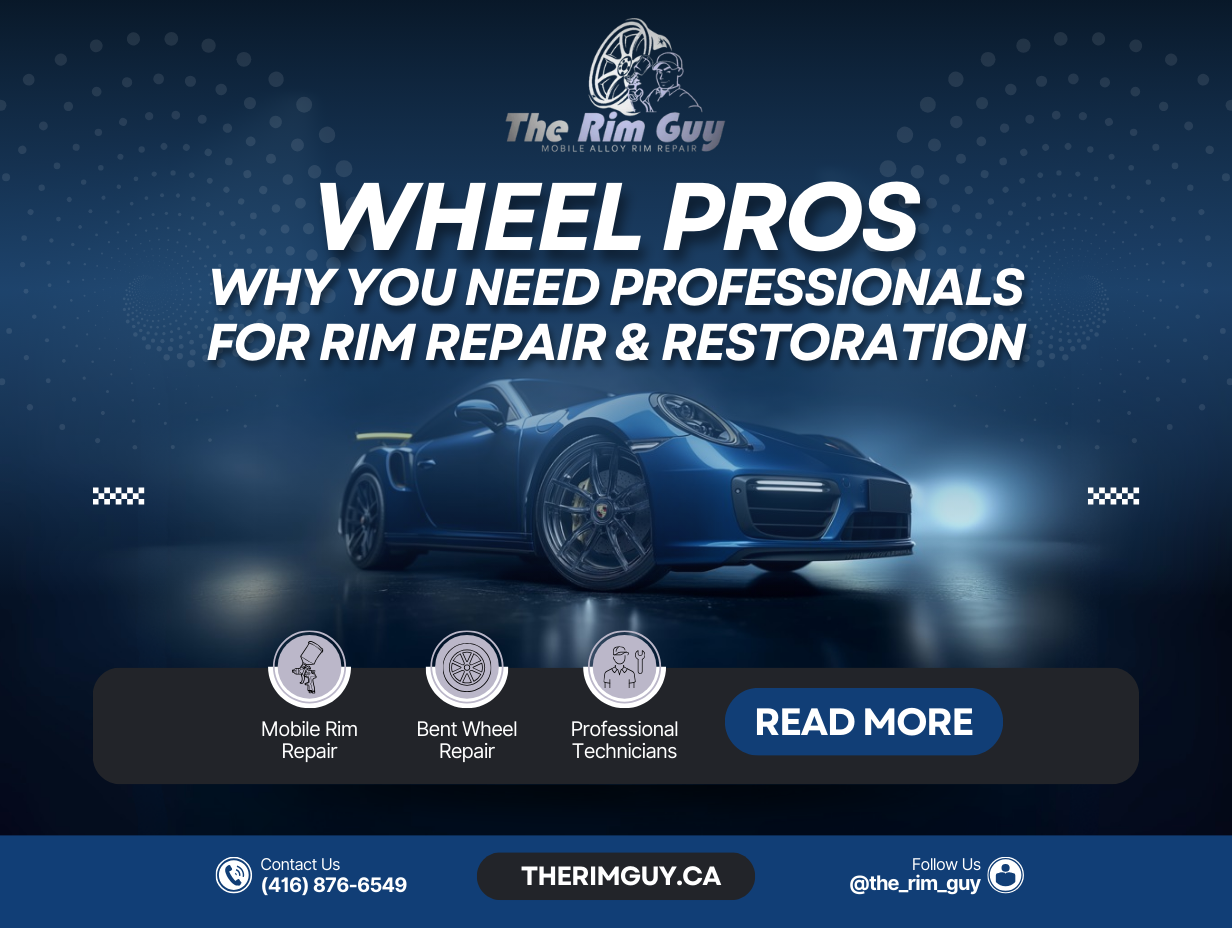



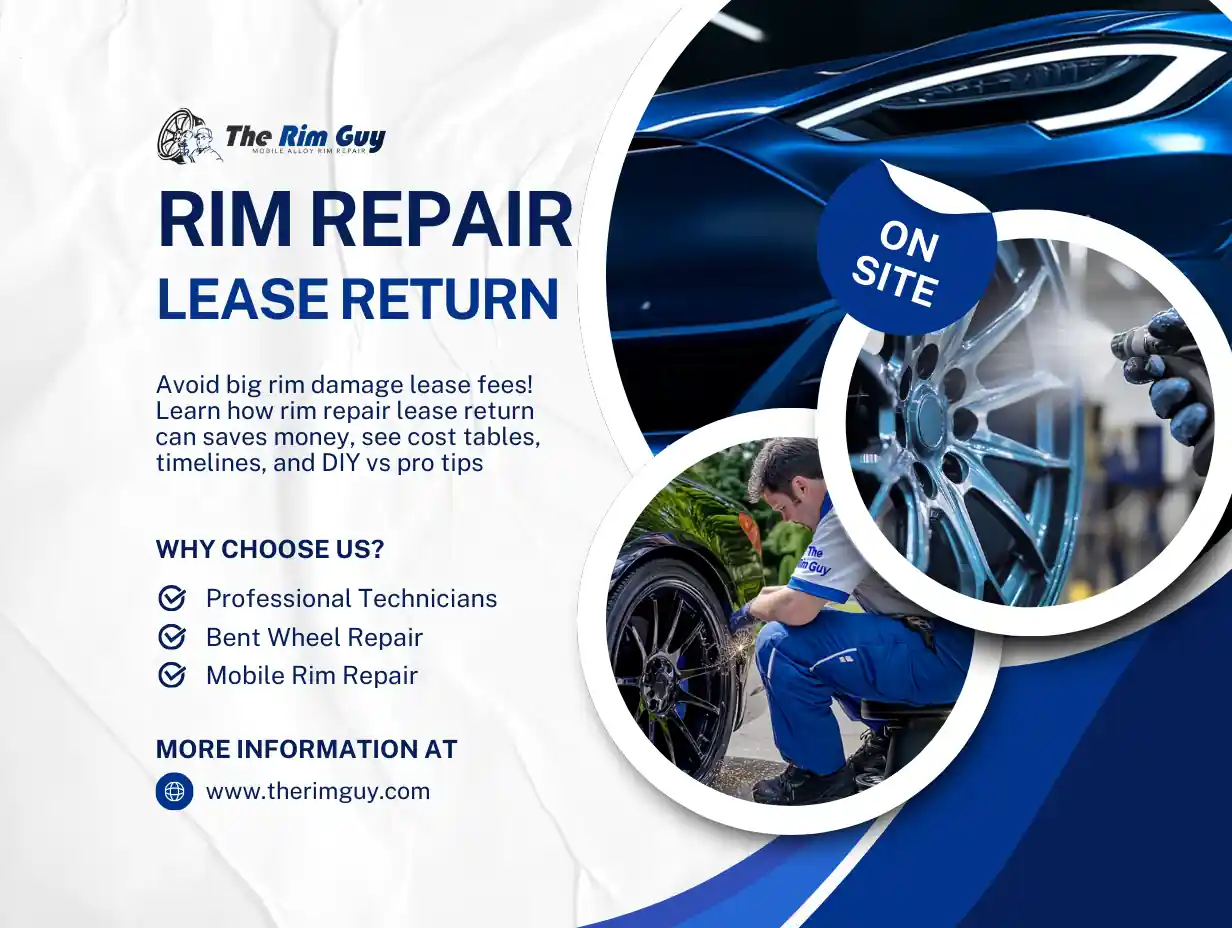


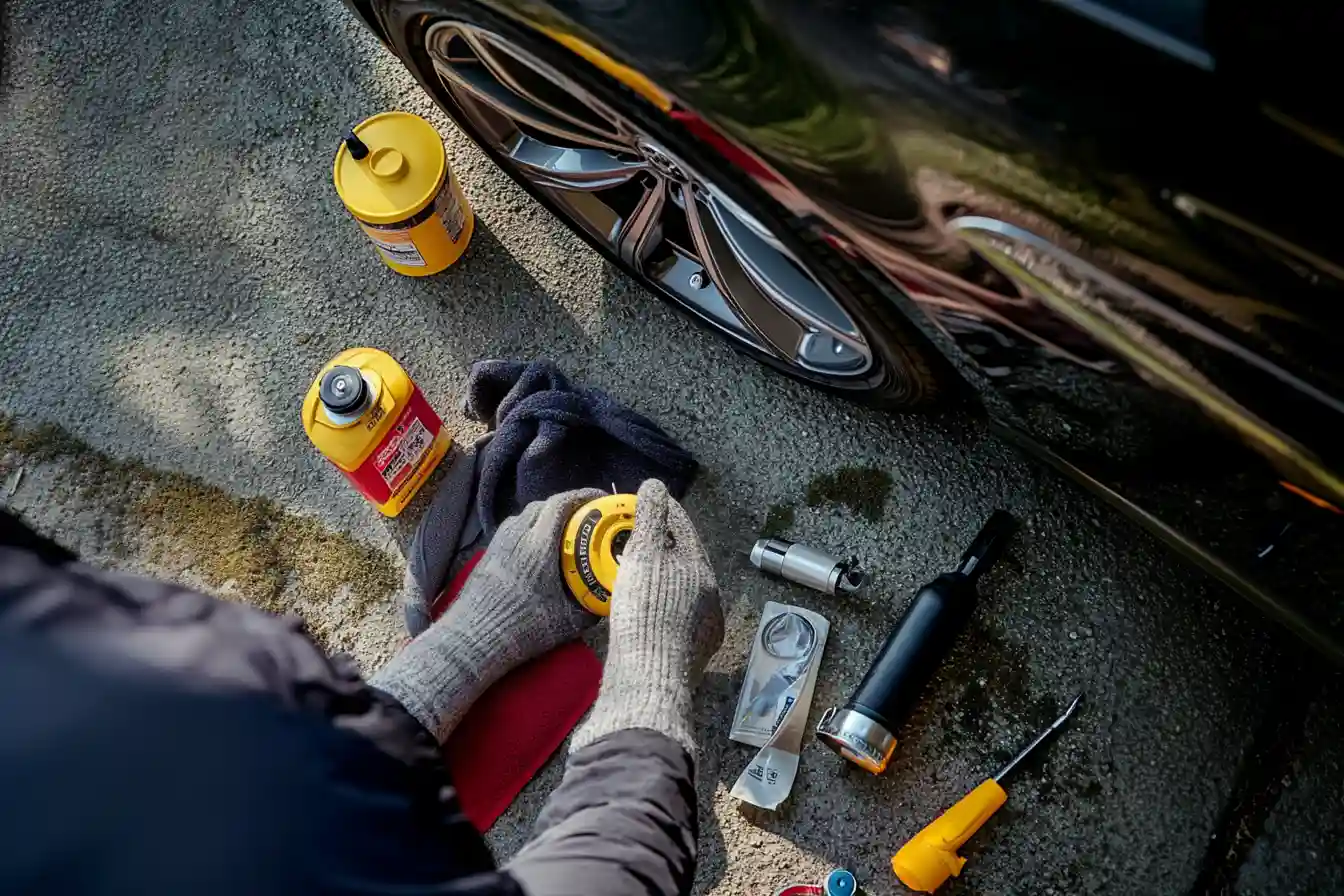


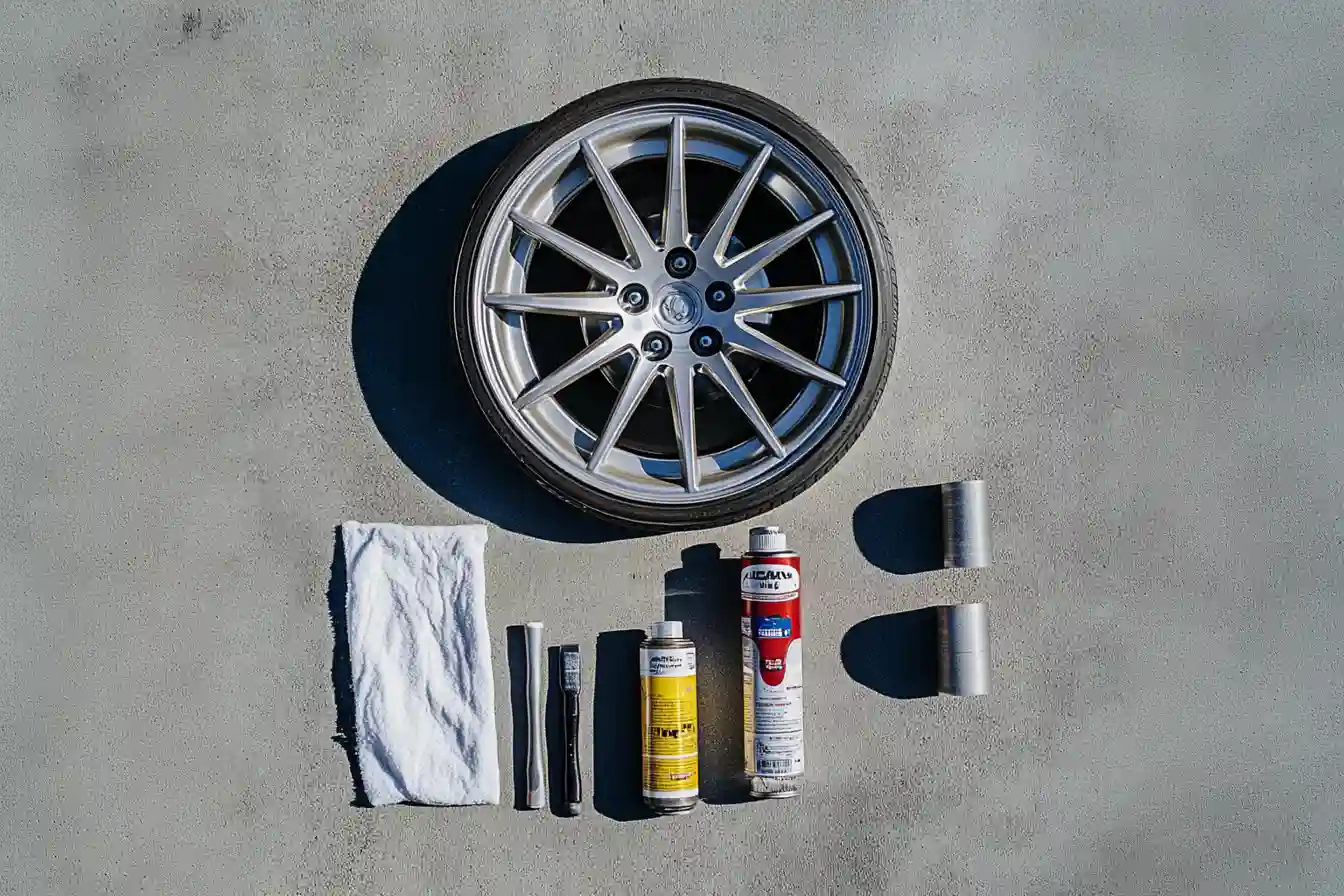


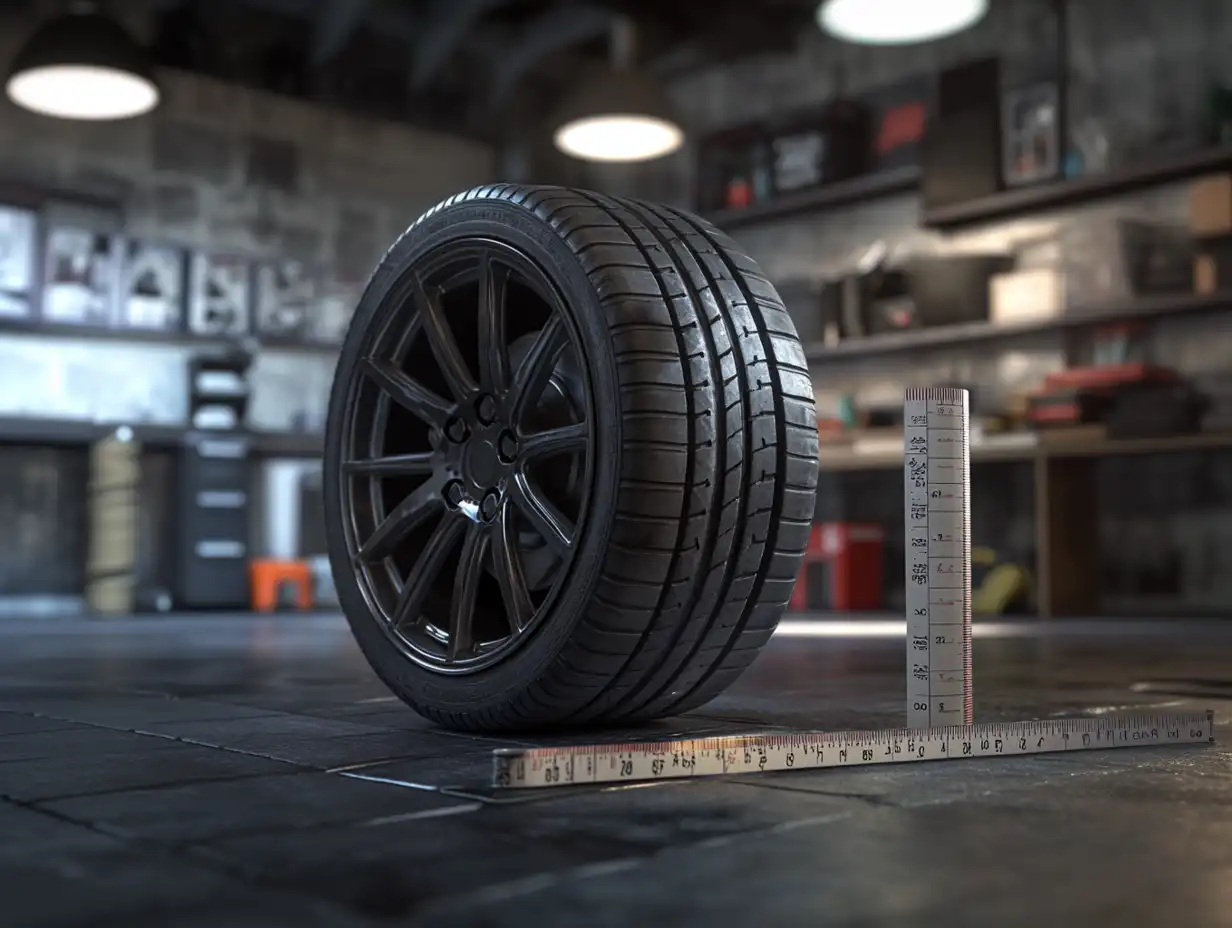

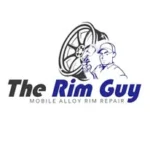


1 Comment
Your comment is awaiting moderation.
Here to explore discussions, share experiences, and pick up new insights along the way.
I’m interested in learning from different perspectives and sharing my input when it’s helpful. Interested in hearing new ideas and building connections.
There is my web-site:AutoMisto24
https://automisto24.com.ua/
Your comment is awaiting moderation.
Один из самых простых способов получить деньги — это кредит Мистер Мани https://creditka.org.ua/ru/mrmoney. Всё понятно даже тем, кто впервые берёт онлайн-займ.
Your comment is awaiting moderation.
Для успешной работы потребуется корректная xrumer установка https://www.olx.ua/d/uk/obyavlenie/progon-hrumerom-dr-50-po-ahrefs-uvelichu-reyting-domena-IDXnHrG.html, чтобы избежать ошибок.
Your comment is awaiting moderation.
What’s up to all, it’s in fact a good for me to visit this web site,
it consists of priceless Information.
Your comment is awaiting moderation.
Asking questions are really good thing if you are not understanding something entirely, but
this article presents fastidious understanding yet.
Your comment is awaiting moderation.
you’re really a excellent webmaster. The site loading speed is
amazing. It seems that you are doing any distinctive trick.
Moreover, The contents are masterpiece. you have done a magnificent job
in this topic!
Your comment is awaiting moderation.
Hello there! I could have sworn I’ve visited your blog before but after going
through some of the posts I realized it’s new to
me. Nonetheless, I’m definitely happy I came across it and
I’ll be book-marking it and checking back frequently!
Your comment is awaiting moderation.
Just here to dive into discussions, share thoughts, and learn something new as I go.
I like hearing diverse viewpoints and adding to the conversation when possible. Always open to fresh thoughts and meeting like-minded people.
Here is my website-AutoMisto24
https://automisto24.com.ua/
I am extremely inspired with your writing talents and also with the structure for your blog. Is this a paid theme or did you customize it yourself? Anyway keep up the excellent quality writing, it is rare to see a great weblog like this one these days!